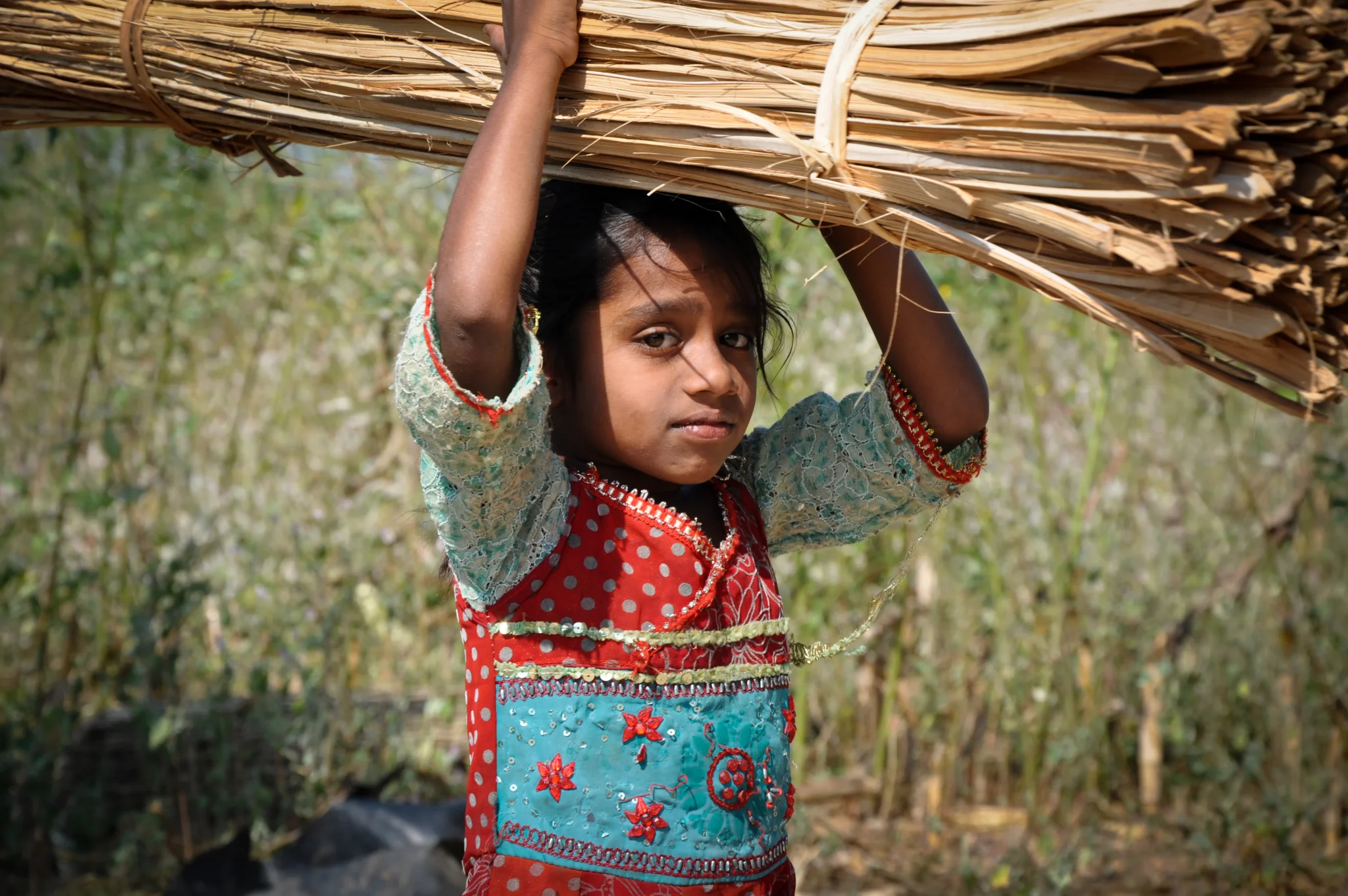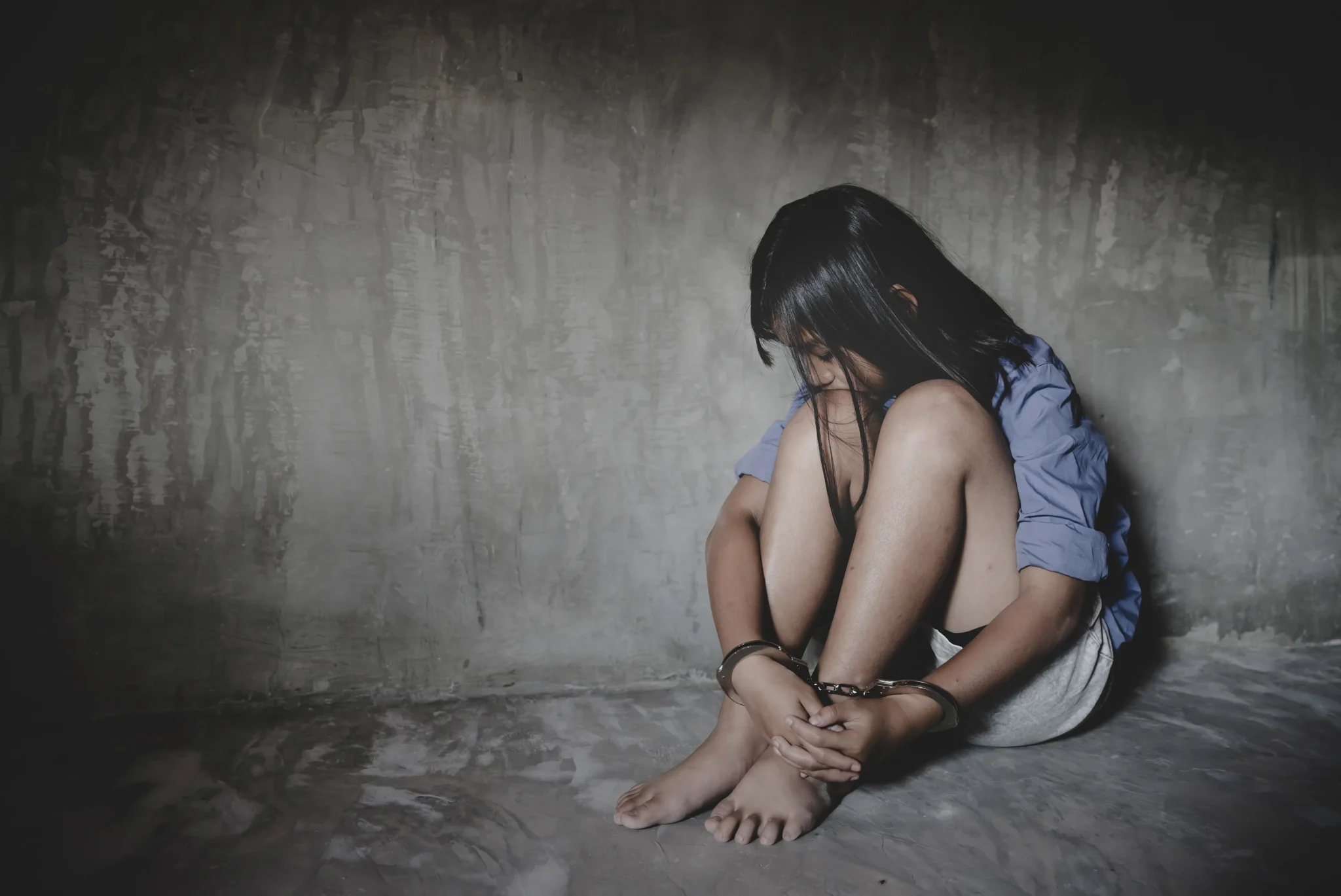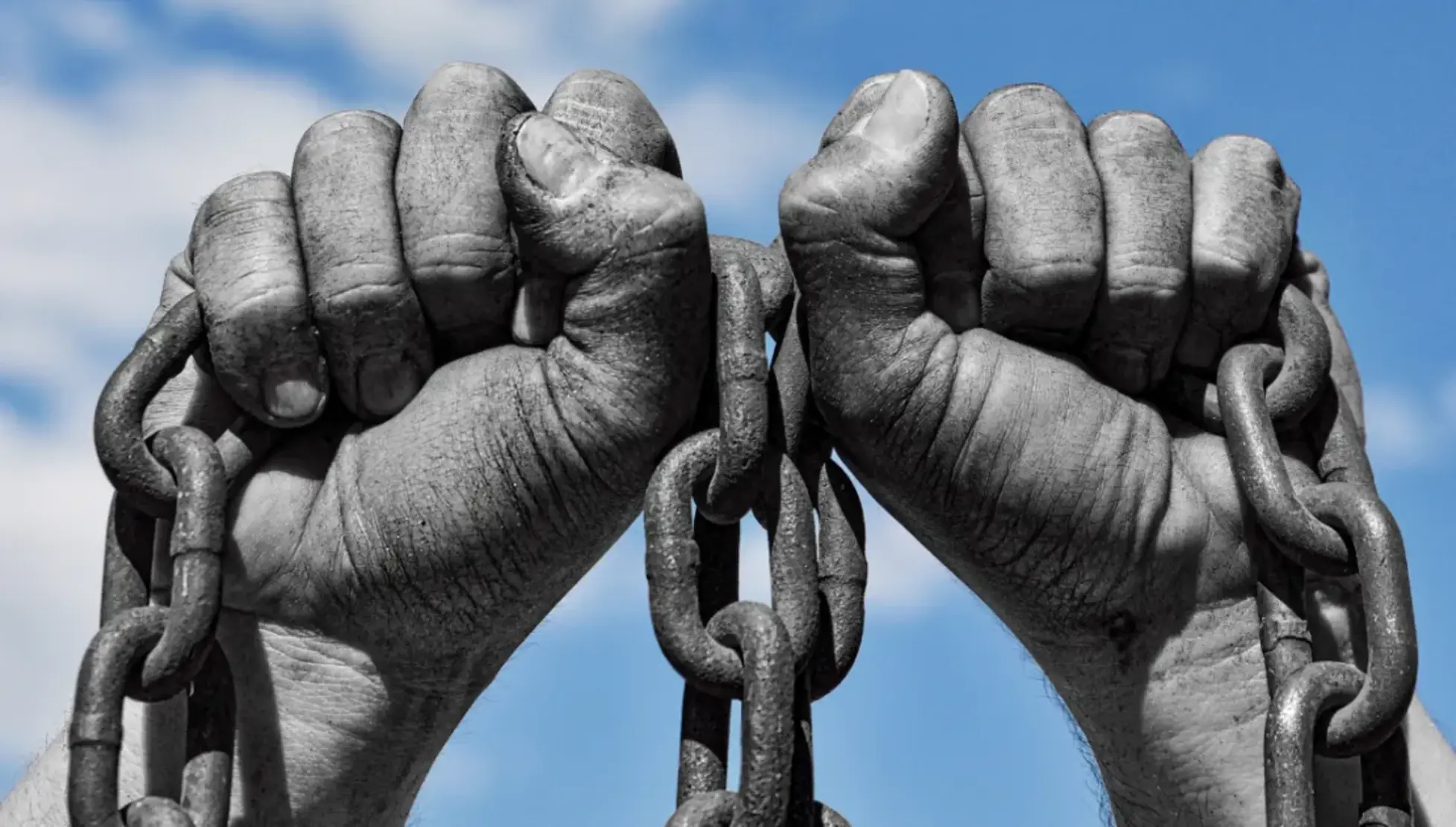Child Labour
Child Labour
160 Million children are occupied in child labour worldwide
Millions of children worldwide who are engaged in child labour forcefully, and many of the are enduring the trauma of coercion, threats of punishment, lack of freedom, and educational marginalization in addition to the negative effects of dangerous working circumstances.
Defination
Child Labour Statistics
According to latest estimates from the ILO, 246 million children between the ages of 5 and 17 work as child labourers worldwide. Approximately 179 million of them are involved in the most severe kind of child labour.
Nearly one in ten children worldwide, or among 160 million children, are involved in child labour, including 97 million boys and 63 million girls.
79 million of children, or about half of all child labourers all over the world, work in hazardous jobs that jeopardize their moral development, safety, and health.
There are 222 million children working, which includes both child labour and legal types of employment.
Who are the ‘Children’?
- Those who are aged below 14 are called children
- From 14 to 17 aged are called adolescents
- Above 18 are called adults
Context
Asian and Pacific Regions
Regional Variance
Sub-Saharan African Regions
Latin America
Risk Factors
- The likelihood of child labour is higher for boys than for girls (11.2% vs. 7.8%). There are 34 million more boys engaged in child labour than girls.
- Poverty is the greatest driver behind the child labour, especially in developing countries like Bangladesh.Most of the child labourers are living below the poverty line, especially those who have unemployed parents or those who are belonging into the lower income condition.
- When domestic duties that require 21 hours or more per week are included, the gender disparity in prevalence among children aged 5 to 14 is nearly halved
- Parents’ illiteracy is also affecting the children’s education because of their less awareness about child’s education and the malevolence about the child labour
- Street children are the worst sufferers of the tendency for cheap labour and they are at the greater risk of exploitation by the employers
- Due to the common belief that girls require less education than boys, they are frequently pulled out of school early and forced to labor at home, be sold into domestic work, or engage in sex work.
Industries
Over two-thirds of child labourers are contributing family workers, and the majority of child labour occurs within the family. Around 72.1% of children between the ages of 5 and 17 who are engaged in child labour work inside their own family, with the remaining 17.3% working as employees and other 10.7% working as own-account workers.




